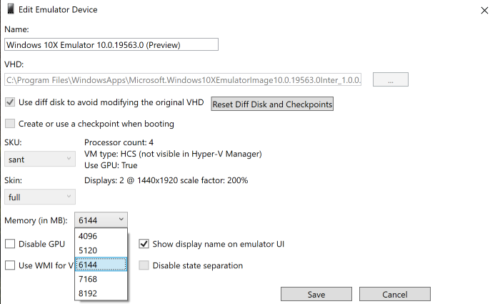

The price of Windows 7 Pro means this isn't a solution for most home users: you'd be better off putting the money towards a newer -– perhaps secondhand – PC.

This let you run Windows 7 as your main operating system, while simultaneously running a free "virtual" copy of Windows XP. Microsoft's solution was to provide an XP Mode in Windows 7 Pro. Dual-booting two operating systems is tedious and time consuming, but at least you can get online while continuing to use the XP software that has presumably prevented you from upgrading to a more recent version of Windows. However, an alternative is to install a copy of Linux on the same PC, or boot Linux from a Live CD, and use that for browsing and email. This works for some business PCs that are used for specific purposes, such as controlling machine tools, but isn't practical for most users. The quickest way to make a Windows XP machine almost completely secure is to prevent it from accessing the internet.

(For comparison, all versions of Mac OS X add up to 7.6%, with Linux at 1.5%.) Since XP is fundamentally much less secure than Windows 7 (48.8%), Windows 8 (11.3%) or even Vista (3.0%), it's a very attractive target for malware writers. There are roughly 1.5 billion PCs in the world, and NetMarketShare reckons that 27.7% are still running XP.


 0 kommentar(er)
0 kommentar(er)
